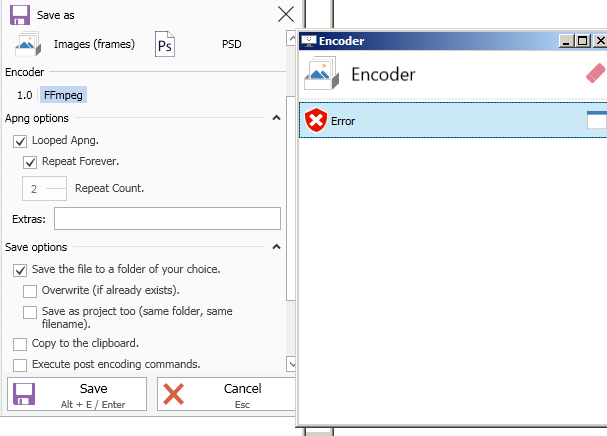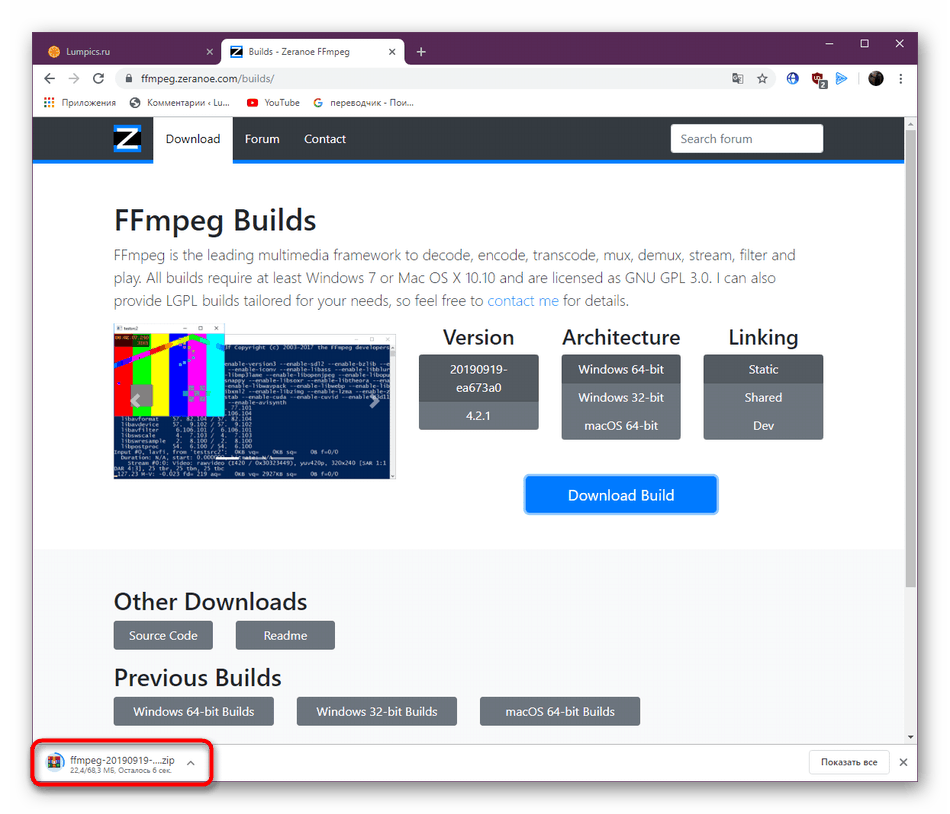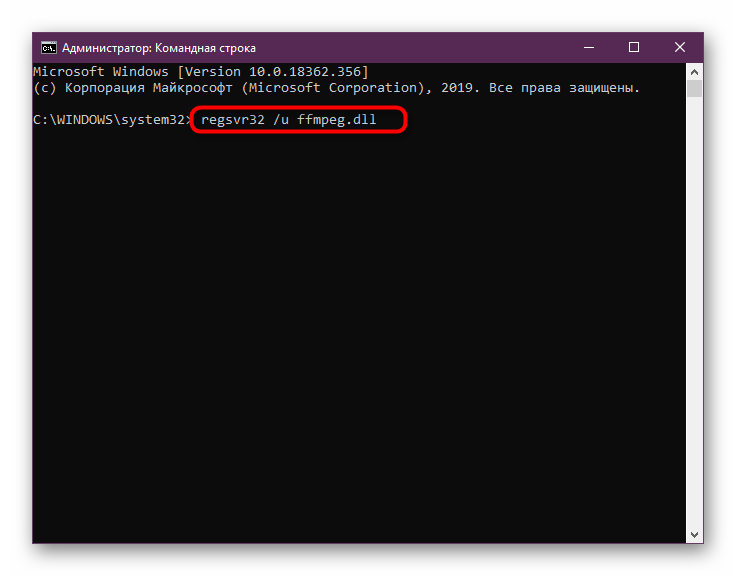

There’s really an endless number of things you can do, so have a look at the documentation some time. Now you can play around with all sorts of things, like converting an image sequence into a video, a video into an image sequence, rotate and scale videos, discover information about a video, stabilize that shaky video you took at you Great Aunt’s 4th wedding, stream the webcam you planted in your girlfriend’s ex-boyfriend’s bedroom, or convert your 250 frame cube render to a super-crispy lossless h264 of unparalleled awesomeness. If all is well – congratulations, it’s installed! If it still tells you that it doesn’t recognize the command, double check that you successfully added the ffmpeg bin folder to the system path. Once you’ve got a console open, check that FFmpeg is installed properly by typing ffmpeg -codecs, which will show you all the codecs you have access to, including audio and video.

Hit Win+R to open the Run utility and type cmd there.Search in the start menu for command prompt or just cmd.

Since FFmpeg is a command-line program, we’re going to need to open a command line!


 0 kommentar(er)
0 kommentar(er)
